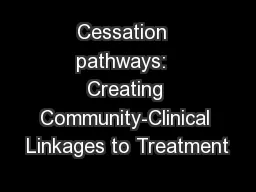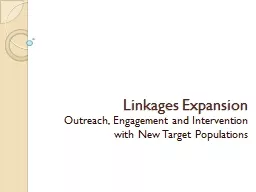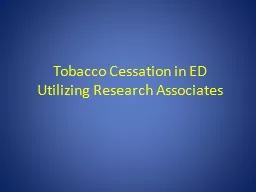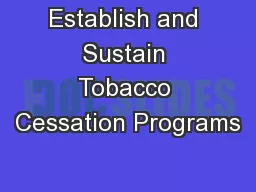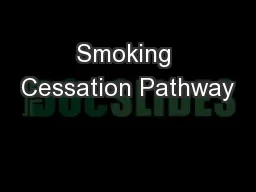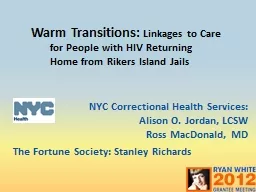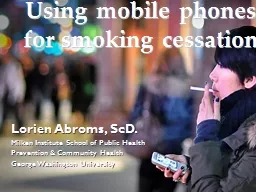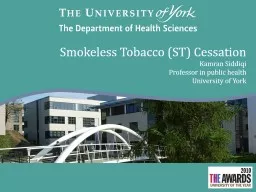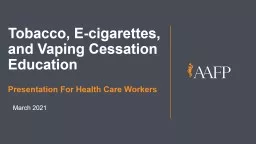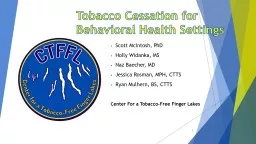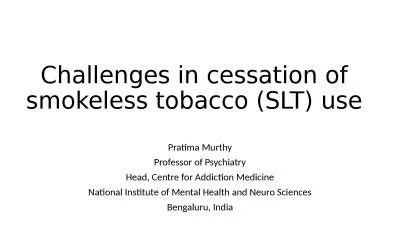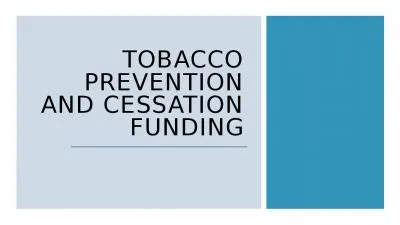PPT-Cessation pathways: Creating Community-Clinical Linkages to Treatment
Author : pamella-moone | Published Date : 2018-03-21
Session Objectives Highlight the burden of tobacco use in Colorado Review Colorado QuitLine program fundamentals including access eligibility and service delivery
Presentation Embed Code
Download Presentation
Download Presentation The PPT/PDF document "Cessation pathways: Creating Community..." is the property of its rightful owner. Permission is granted to download and print the materials on this website for personal, non-commercial use only, and to display it on your personal computer provided you do not modify the materials and that you retain all copyright notices contained in the materials. By downloading content from our website, you accept the terms of this agreement.
Cessation pathways: Creating Community-Clinical Linkages to Treatment: Transcript
Download Rules Of Document
"Cessation pathways: Creating Community-Clinical Linkages to Treatment"The content belongs to its owner. You may download and print it for personal use, without modification, and keep all copyright notices. By downloading, you agree to these terms.
Related Documents

